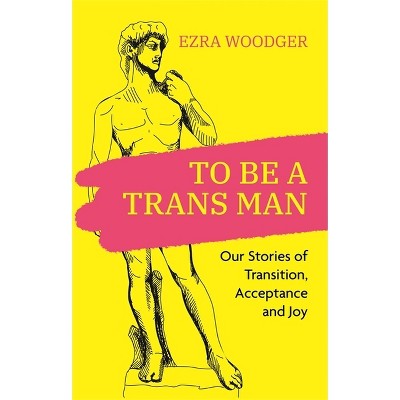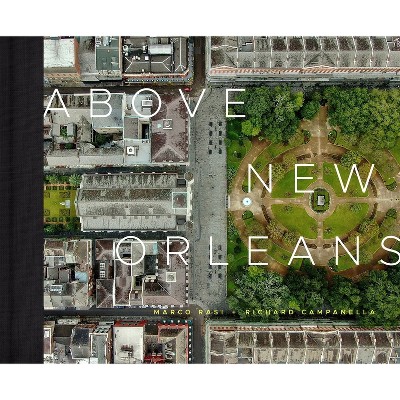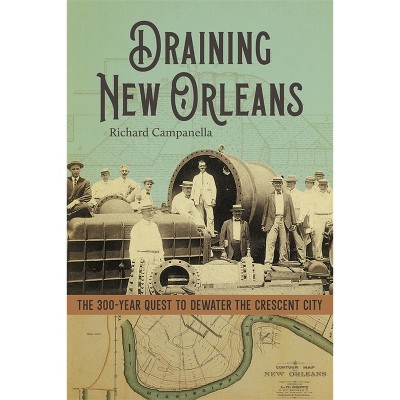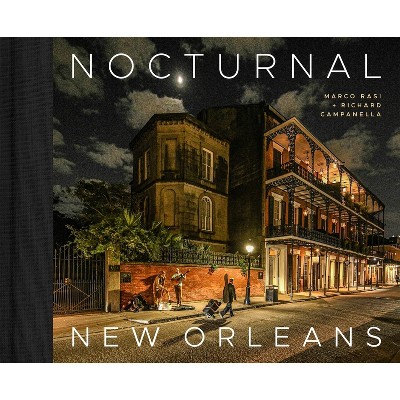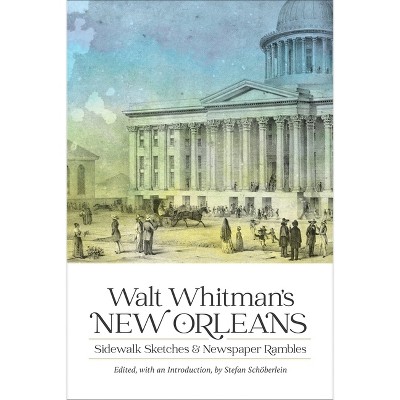Sponsored

The West Bank of Greater New Orleans - by Richard Campanella (Hardcover)
$22.64Save $17.31 (43% off)
In Stock
Eligible for registries and wish lists
Sponsored
About this item
Highlights
- Winner of the SESAH Book Award The West Bank has been a vital part of greater New Orleans since the city's inception, serving as its breadbasket, foundry, shipbuilder, railroad terminal, train manufacturer, and even livestock hub.
- About the Author: Richard Campanella is a geographer and associate dean for research at the Tulane School of Architecture.
- 448 Pages
- History, United States
Description
About the Book
"Published with the support of a Carol Lavin Bernick Faculty Grant from Tulane University"--Title page verso.Book Synopsis
Winner of the SESAH Book Award
The West Bank has been a vital part of greater New Orleans since the city's inception, serving as its breadbasket, foundry, shipbuilder, railroad terminal, train manufacturer, and even livestock hub. At one time it was the Gulf South's St. Louis, boasting a diversified industrial sector as well as a riverine, mercantilist, and agricultural economy. Today the mostly suburban West Bank is proud but not pretentious, pleasant if not prominent, and a distinct, affordable alternative to the more famous neighborhoods of the East Bank. Richard Campanella is the first to examine the West Bank holistically, as a legitimate subregion with its own story to tell. No other part of greater New Orleans has more diverse yet deeply rooted populations: folks who speak in local accents, who exhibit longstanding cultural traits, and, in some cases, who maintain family ownership of lands held since antebellum times--even as immigrants settle here in growing numbers. Campanella demonstrates that West Bankers have had great agency in their own place--making, and he challenges the notion that their story is subsidiary to a more important narrative across the river. The West Bank of Greater New Orleans is not a traditional history, nor a cultural history, but rather a historical geography, a spatial explanation of how the West Bank's landscape formed: its terrain, environment, land use, jurisdictions, waterways, industries, infrastructure, neighborhoods, and settlement patterns, past and present. The book explores the drivers, conditions, and power structures behind those landscape transformations, using custom maps, aerial images, photographic montages, and a detailed historical timeline to help tell that complex geographical story. As Campanella shows, there is no "greater New Orleans" without its cross--river component. The West Bank is an essential part of this remarkable metropolis.Review Quotes
This is typical Campanella--insightful, revealing, and penetrating in ways that add tremendously to your appreciation and understanding of what is around us.--John M. Barry, author of "Rising Tide: The Great Mississippi Flood of 1927 and How It Changed America"
Just as the ferries and the bridges provided vital links from New Orleans to the West Bank, Richard Campanella has erected a literary connection to this long-neglected segment of the urban region. It is richly documented, presented in highly readable prose, and provides an thoroughly geographical account that complements the voluminous literature about the east bank.--Craig E. Colten, author of Unnatural Metropolis: Wresting New Orleans from Nature
The world abounds in West Banks," writes Richard Campanella. They are where we stuff our nuisances and tuck away gritty industries. But it's doubtful many of these places merit the careful attention Campanella has devoted to the ribbon of land unspooling across the river from New Orleans. How this mixed-use area was sculpted by the Mississippi then populated, developed, and governed over more than three centuries is the subject of this delightfully eye-opening study. Of all the fine books Campanella has produced--and they are starting to mound up--this one may rank among his most revelatory.--Lawrence Powell, author of The Accidental City: Improvising New Orleans
About the Author
Richard Campanella is a geographer and associate dean for research at the Tulane School of Architecture. Author of eleven books and over two hundred articles, Campanella was named Chevalier dans l'Ordre des Palmes Académiques by the Government of France in 2016. In 2019 he received the Louisiana Writer Award from the Louisiana Center for the Book in the State Library of Louisiana.Dimensions (Overall): 9.4 Inches (H) x 7.2 Inches (W) x 1.5 Inches (D)
Weight: 1.9 Pounds
Suggested Age: 22 Years and Up
Number of Pages: 448
Genre: History
Sub-Genre: United States
Publisher: LSU Press
Theme: State & Local
Format: Hardcover
Author: Richard Campanella
Language: English
Street Date: May 6, 2020
TCIN: 88994265
UPC: 9780807172971
Item Number (DPCI): 247-58-1122
Origin: Made in the USA or Imported
If the item details aren’t accurate or complete, we want to know about it.
Shipping details
Estimated ship dimensions: 1.5 inches length x 7.2 inches width x 9.4 inches height
Estimated ship weight: 1.9 pounds
We regret that this item cannot be shipped to PO Boxes.
This item cannot be shipped to the following locations: American Samoa (see also separate entry under AS), Guam (see also separate entry under GU), Northern Mariana Islands, Puerto Rico (see also separate entry under PR), United States Minor Outlying Islands, Virgin Islands, U.S., APO/FPO
Return details
This item can be returned to any Target store or Target.com.
This item must be returned within 90 days of the date it was purchased in store, shipped, delivered by a Shipt shopper, or made ready for pickup.
See the return policy for complete information.
Trending Non-Fiction

$19.31
was $20.98 New lower price
4 out of 5 stars with 65 ratings

$18.28
was $19.58 New lower price
4.7 out of 5 stars with 17 ratings

$4.59
MSRP $7.99
Buy 2, get 1 free select books
4.8 out of 5 stars with 123 ratings

$6.20
MSRP $10.95
Buy 2, get 1 free select books
4.8 out of 5 stars with 33 ratings

$7.09
MSRP $9.99
Buy 2, get 1 free select books
4.9 out of 5 stars with 46 ratings


